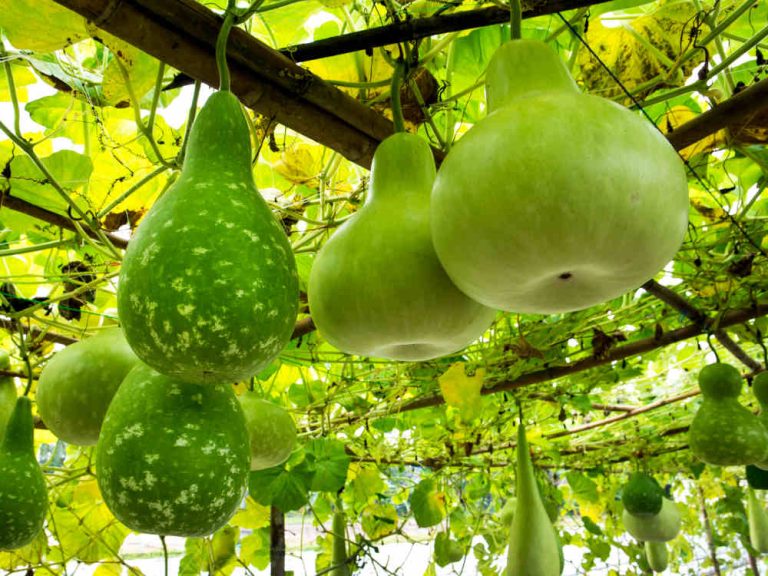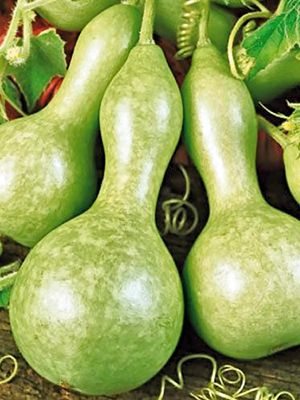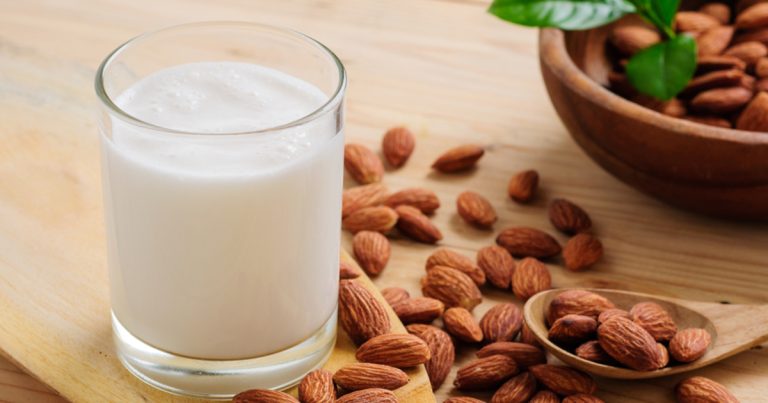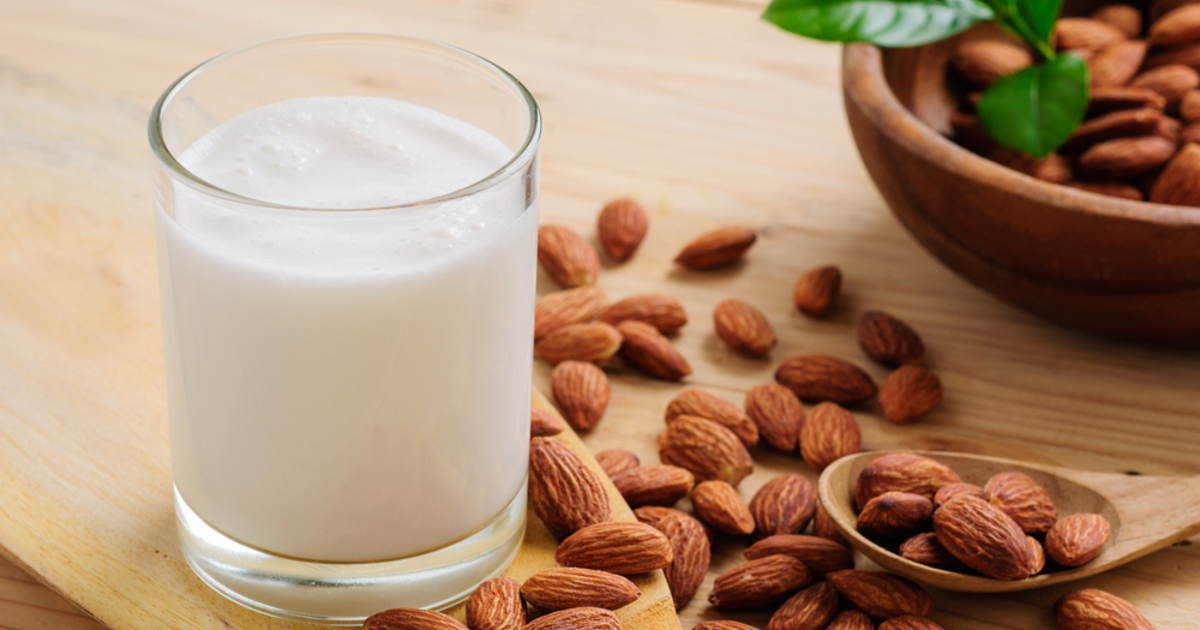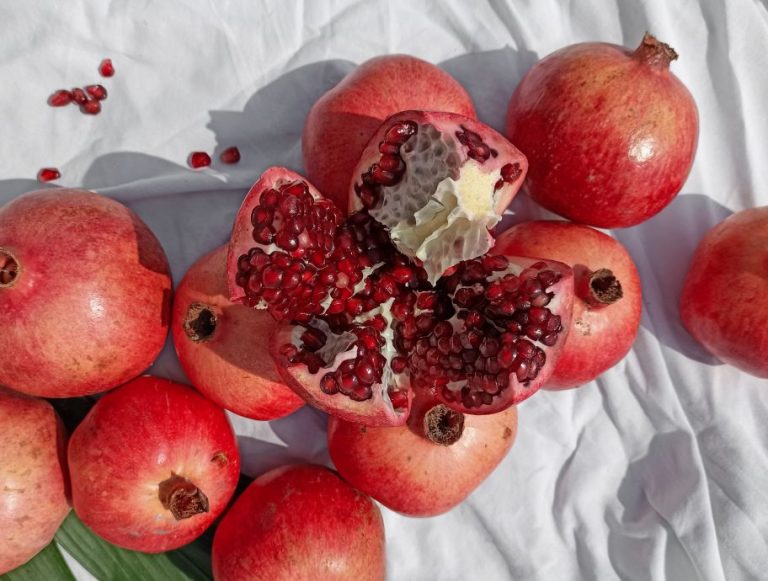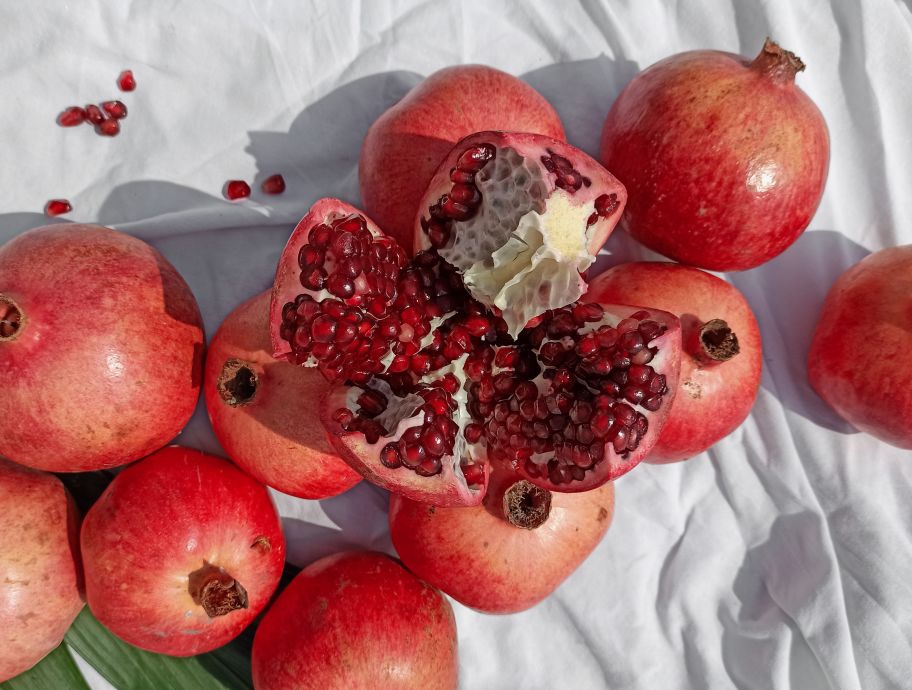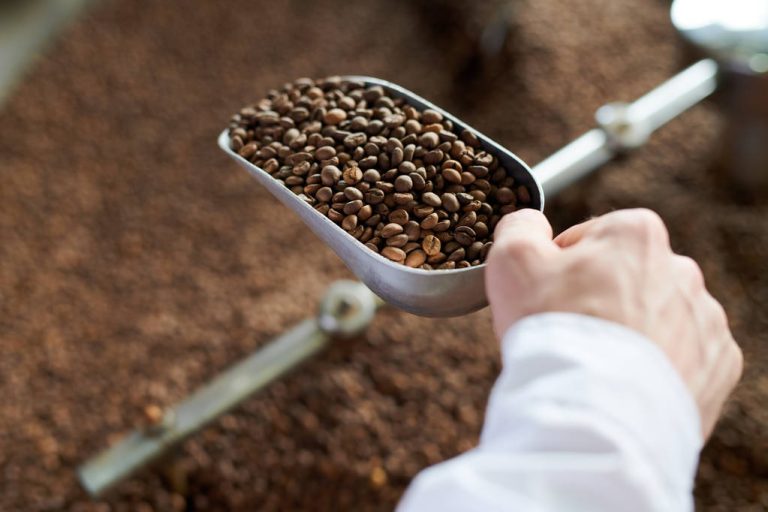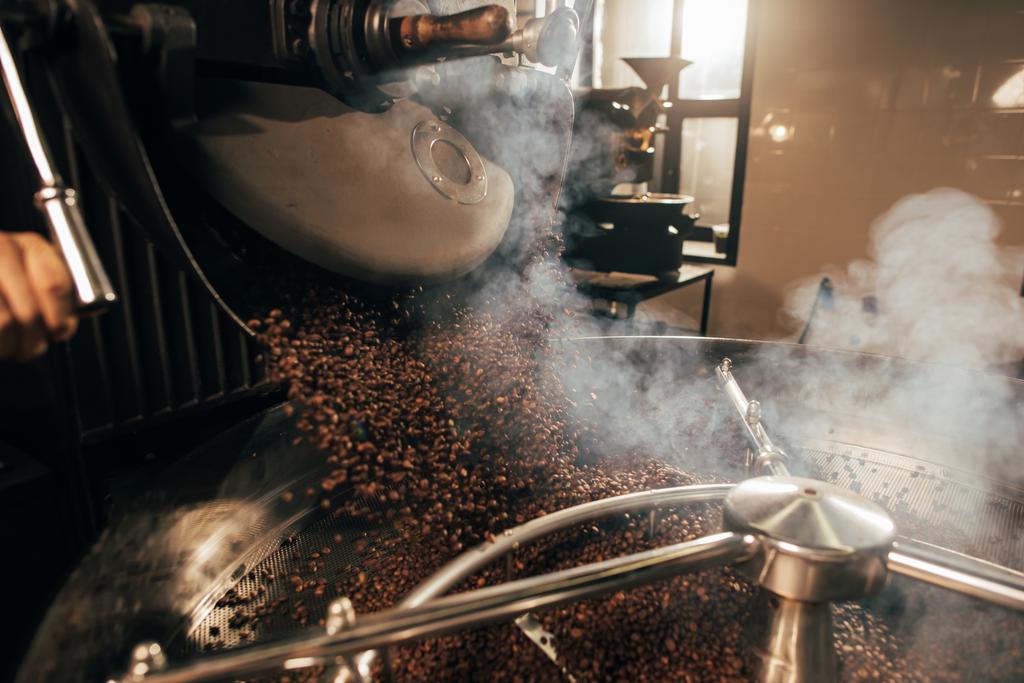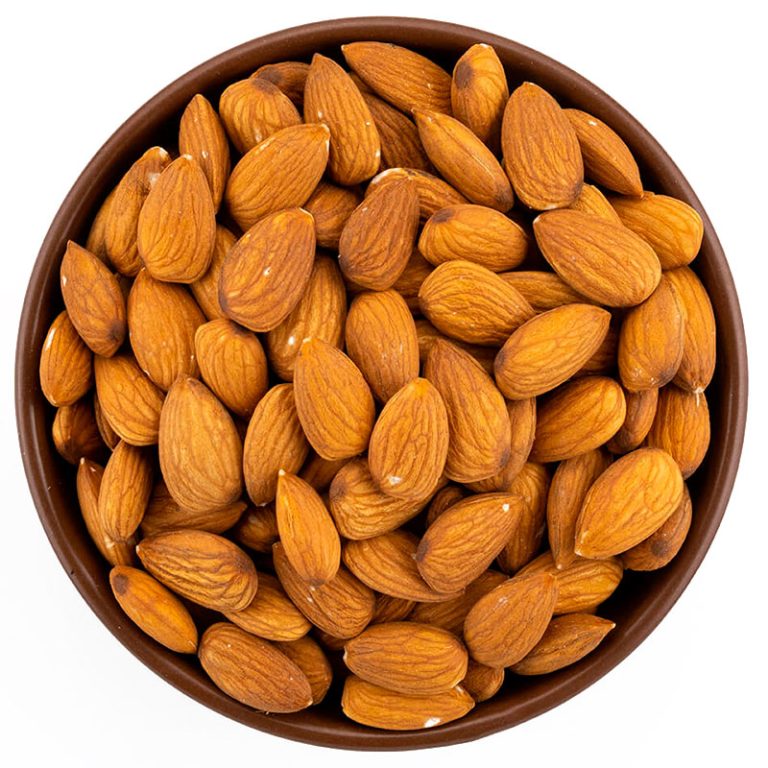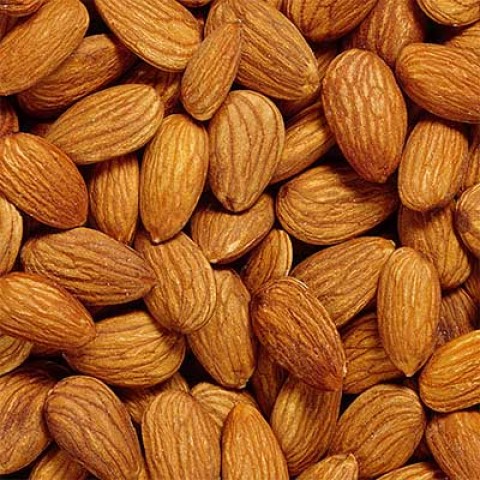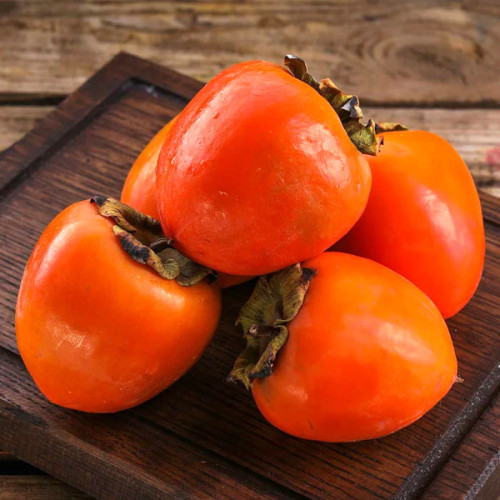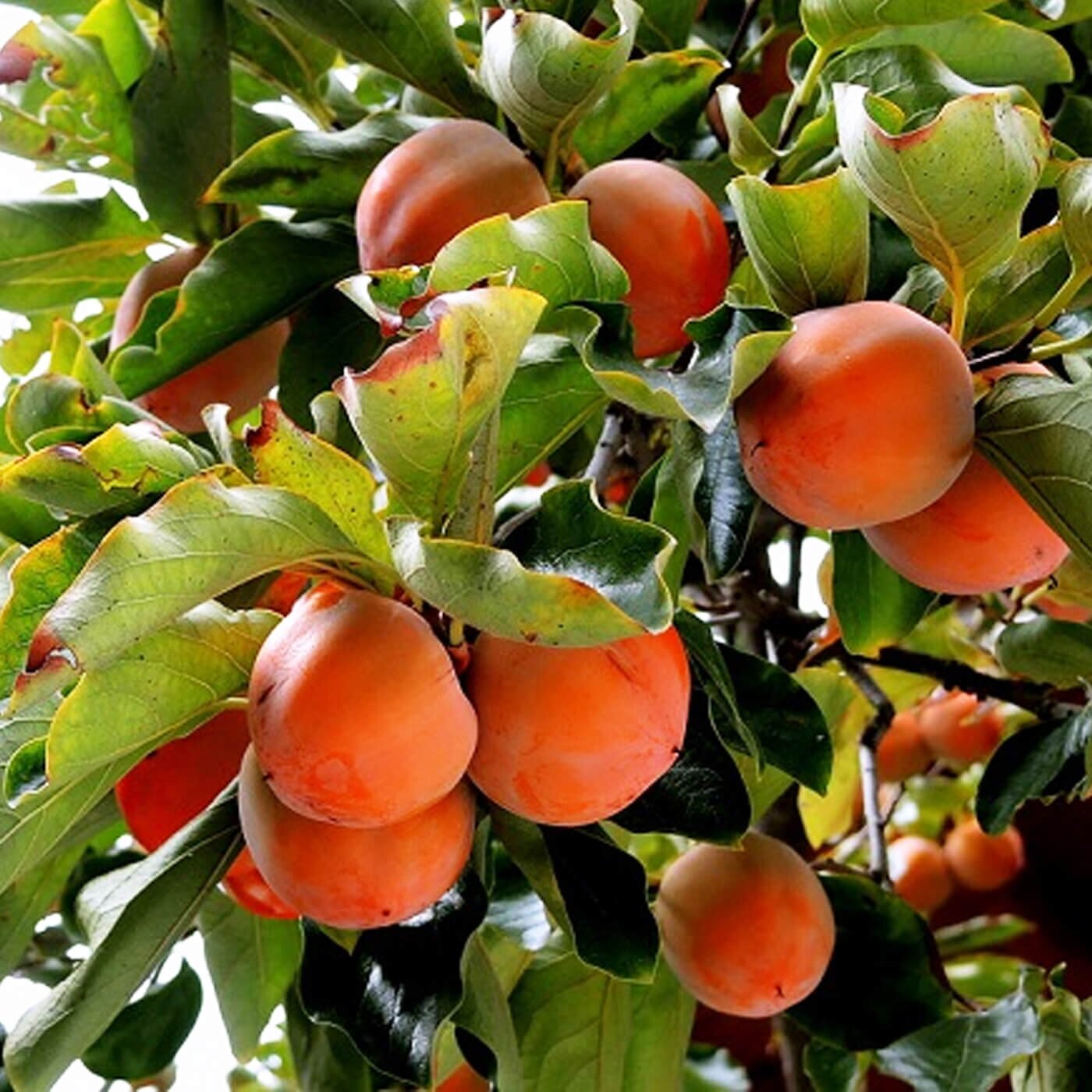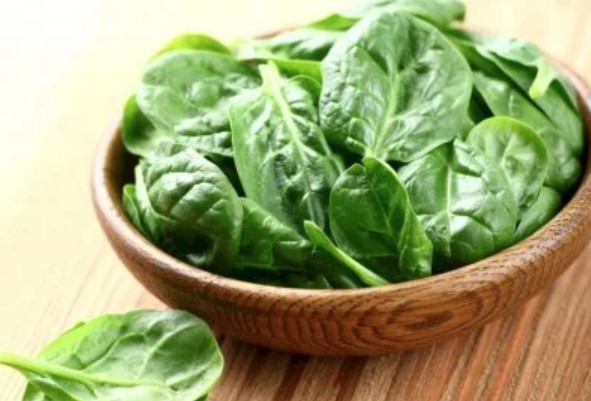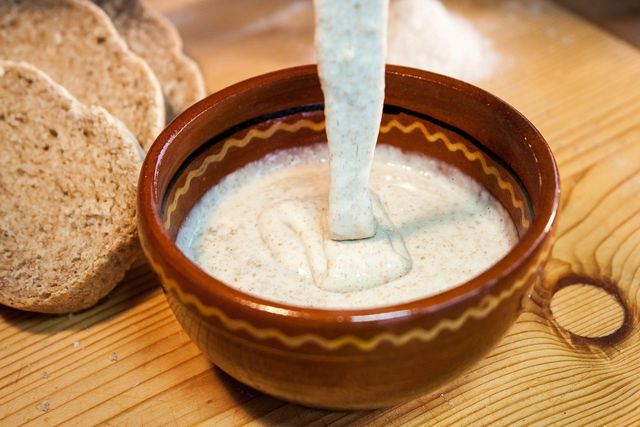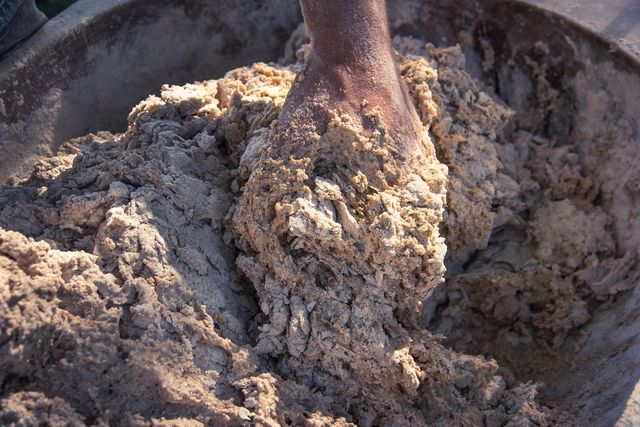Make matcha tea perfectly is considered a high art in Asia. Because green tea is very healthy and is becoming more and more popular with us. Here’s how to brew it properly.
Making matcha tea: This is how the powdered tea succeeds
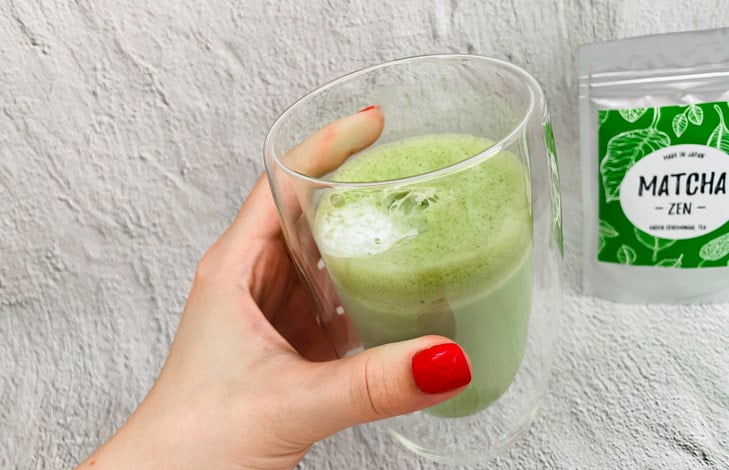
Brewing Matcha tea is a little more complex than with conventional teas. In order for the tea to be nice and creamy, there are a few things to consider. Because to be able to prepare it, you need a bamboo spatula, a bamboo whisk and a matcha bowl (a set is available from **Amazon, for example).
For the matcha tea you also need:
two to four bamboo spatulas or one to two heaped teaspoons of matcha tea powder
75 ml hot water (about 80 degrees Celsius)
1. Soak bamboo whisk
The bamboo broom, called “chasen” by professionals, should be placed in warm water for a few minutes. This makes it smoother and the tea can be whipped better.
2. Matcha powder sift
Matcha tea is only available as a powder. So that no annoying lumps form during the preparation, you should first pass the powder through a fine sieve. This way you can be sure that the tea will have a nice consistency and an even taste.
3. Mix the paste
Now put the powder in the bowl. The more tea you use, the thicker and creamier the matcha tea will be in the end. Pour in some of the hot water. With the Chasen you start beating the tea into a paste.
4. Brew tea
You don’t stir the matcha tea, but open it in a W-shape. To do this, draw a W in the matcha bowl in short, quick movements. Keep your wrist as loose as possible. Gradually add the rest of the water.
5. Enjoy
The matcha tea is ready when the consistency is even and the surface is creamy. Finally, carefully guide the chasen along the inside of the bowl. Now you can enjoy the tea.
That’s why matcha tea is so healthy
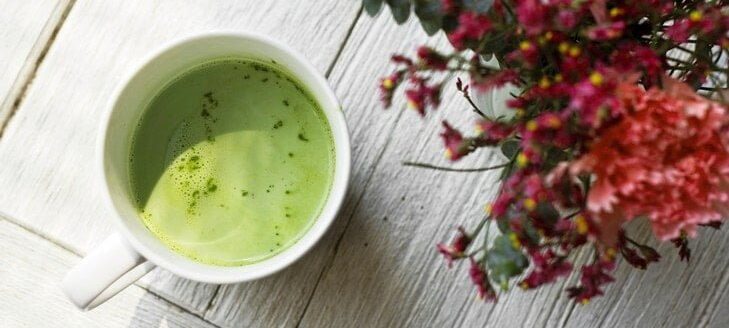
Unlike classic green tea, matcha tea uses the entire leaf. During production, the tea leaf is ground and pulverized. In this way, important nutrients are retained that are lost in conventional tea during production.
Matcha tea is particularly rich in antioxidants that protect cells from free radicals. It also contains a variety of vitamins. These include vitamin B1, B2 and B3, but also vitamin C, E and K. Nutrients such as calcium, potassium and beta-carotene also make it so healthy.
Matcha tea has a distinctive green color that can vary somewhat depending on the variety. You can recognize high-quality tea by the fact that it does not taste bitter, but rather has a slight sweetness.

